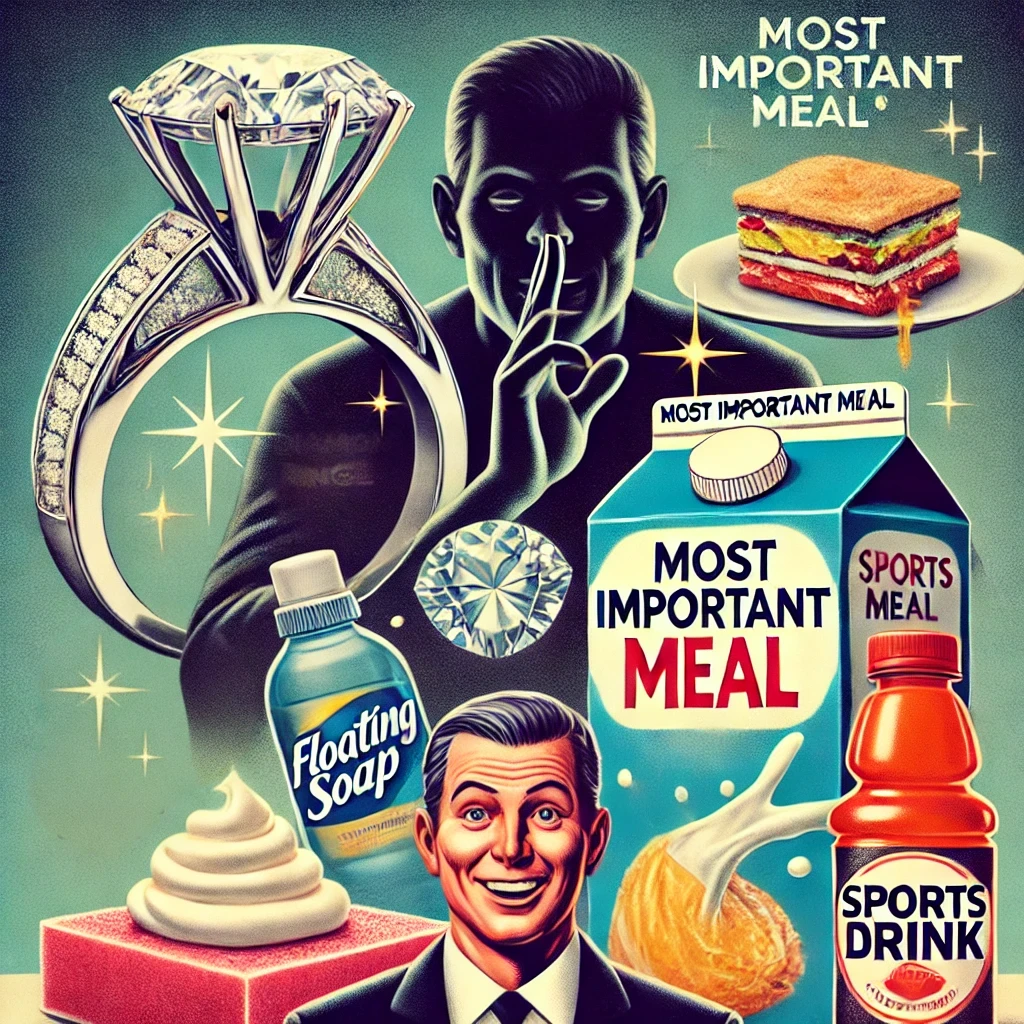In the world of marketing, perception is everything. Over the years, companies have crafted clever myths to convince consumers to spend more, often transforming simple products into must-have items. From diamonds marketed as symbols of eternal love to breakfast cereals promoted as essential for good health, these marketing strategies have shaped consumer habits—and bank accounts—in unexpected ways. Here are 10 of the most costly myths that have driven billions in sales, and what you need to know to protect your finances.

KFC’s Christmas Tradition in Japan
KFC marketed its fried chicken as the quintessential American Christmas meal in Japan. The campaign was so successful that it became a cherished holiday tradition, despite being a complete fabrication and not representative of American customs.
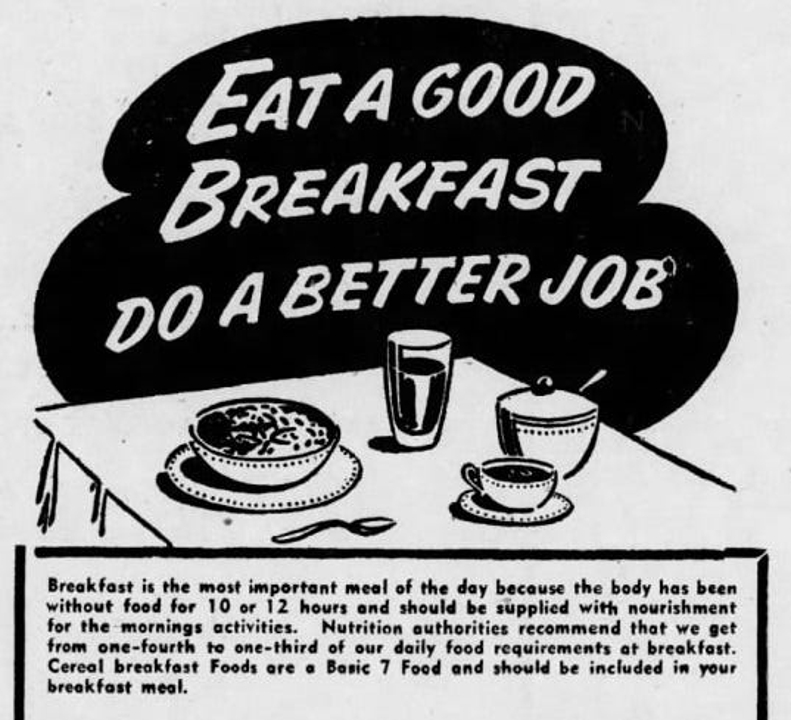
Breakfast: The Most Important Meal of the Day
Cereal companies like Kellogg’s popularized the idea that breakfast is the most crucial meal, largely to boost sales of their products. Before this, breakfast was often a light or optional meal, and the notion of a heavy morning feast is mostly the result of marketing.

The Diamond Engagement Ring Myth
De Beers promoted the idea that diamonds symbolize eternal love and should cost several months’ salary, creating a cultural standard that didn’t previously exist. Their marketing campaign turned diamonds into the “essential” engagement gift, even though they aren’t as rare or valuable as people believe.
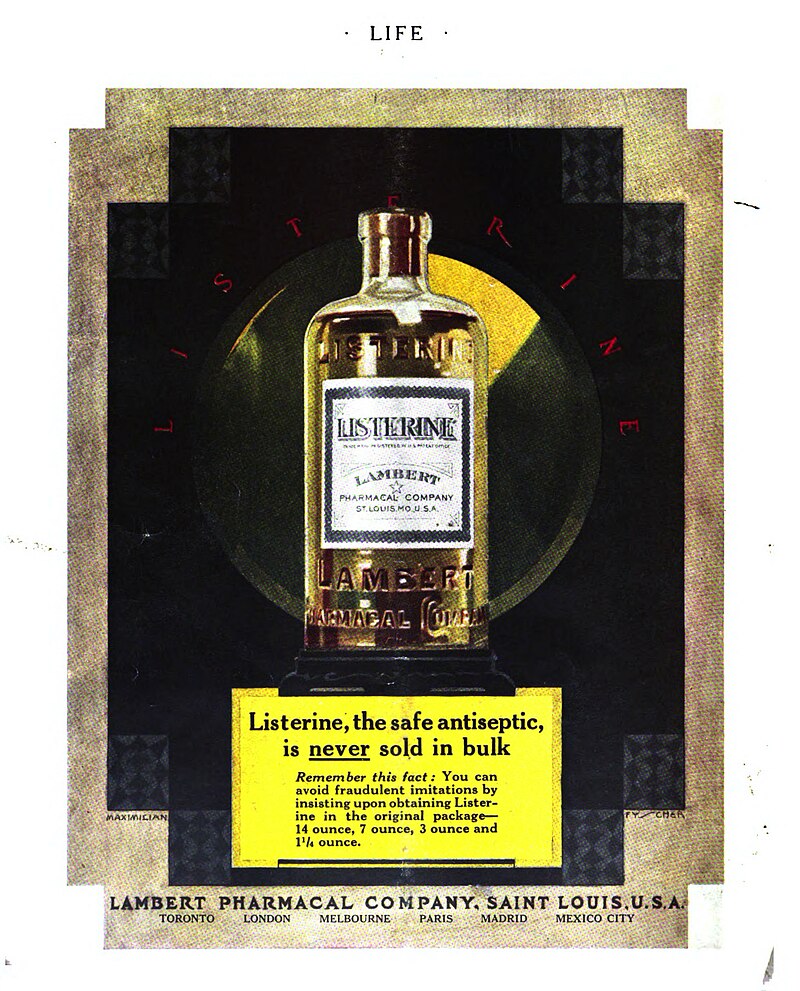
Listerine and Halitosis
Listerine was originally developed as a surgical antiseptic and floor cleaner. It wasn’t until the company began marketing it as a cure for “halitosis” that it gained widespread use. The term halitosis was popularized to make bad breath sound like a medical problem, creating demand for their product.

Ivory Soap: “So Pure, It Floats”
Ivory Soap’s claim of being “so pure, it floats” was actually the result of a manufacturing error that introduced air into the soap. Instead of discarding the flawed product, the company cleverly marketed the floating property as a sign of purity.

Power Bands and Performance Myths
Power Balance wristbands claimed to improve balance and athletic performance, using misleading demonstrations to convince consumers. Despite no scientific evidence to support these claims, they became a popular fitness accessory until the company admitted their product was a placebo.
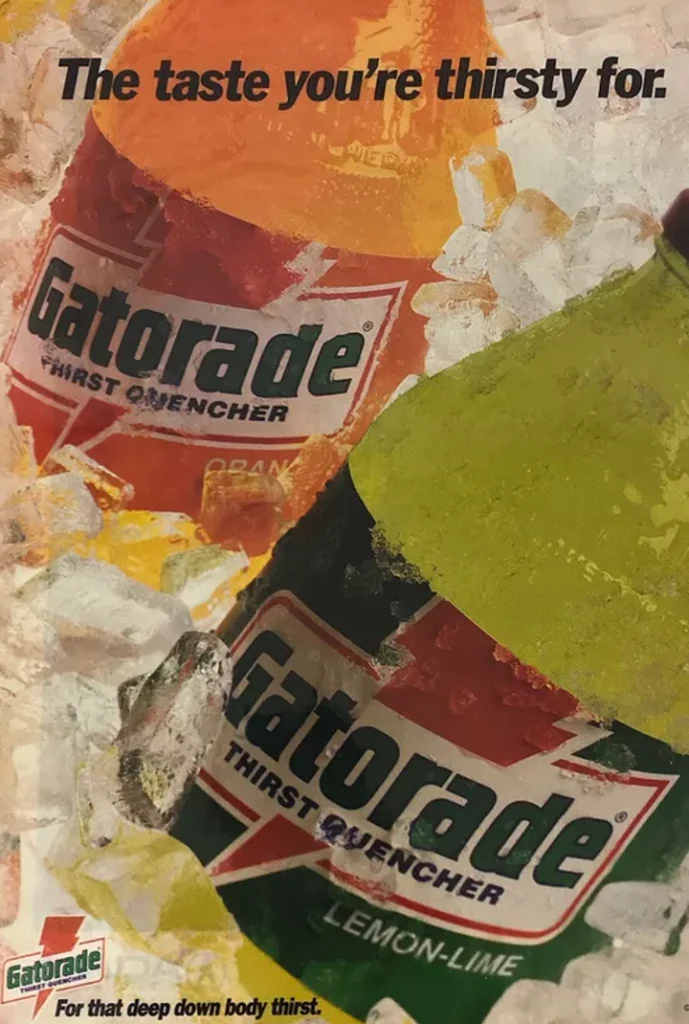
Sports Drinks for Hydration
Sports drinks like Gatorade are marketed as necessary for hydration during any physical activity. While helpful for intense athletes, they aren’t necessary for the average person doing light exercise. Water is generally sufficient for most hydration needs, but marketing convinced many otherwise.

Toothpaste Microbeads
Toothpaste companies added microbeads for “extra scrubbing power,” emphasizing their cleaning benefits. However, these tiny plastic particles were harmful to the environment and did not significantly improve dental hygiene. Microbeads were eventually banned in many countries due to environmental concerns.
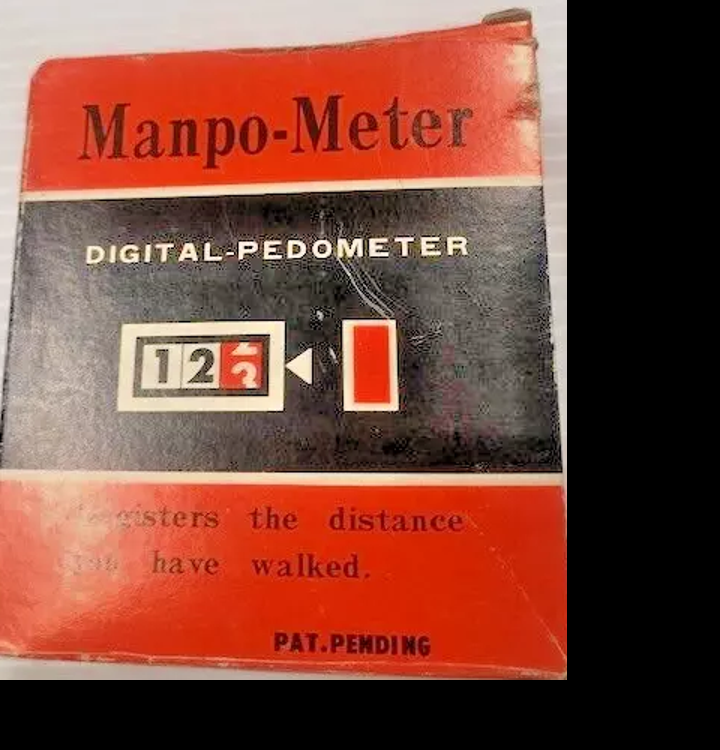
The 10,000 Steps a Day Myth
The idea that 10,000 steps per day is the benchmark for good health originated from a Japanese marketing campaign in the 1960s. While walking more is healthy, the 10,000-step goal is arbitrary and not based on scientific research, yet it’s widely used to promote fitness trackers.

High Thread Count in Sheets
High thread count has been marketed as a sign of luxury bed sheets, convincing consumers that more is better. In reality, thread counts above 400 often don’t add comfort and may make the sheets less breathable. The emphasis on high thread count was a marketing strategy to sell more expensive bedding.

